Heart rate variability (HRV) is known as the variation in the time that elapses between the -R intervals of the electrocardiogram and reflects the activity of the autonomic nervous system on cardiac function .
Its measurement serves as a diagnostic tool for cardiovascular diseases, and its increase is considered a protective factor of the heart. Also, it is used to understand the body's response to stress.
Daily HRV measurement in intensive training helps increase the chances of achieving your sporting goals. So discover how to use heart rate variability to predict disease .
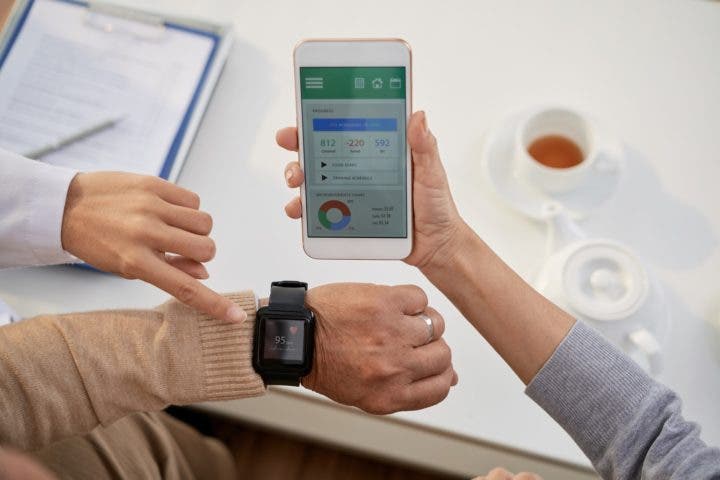
Can HRV predict disease?
In Finland, the equivalence between the number of medals obtained and the number of sick days in a group of skiers was studied, in the period prior to the last Winter Olympics. This study found that the athletes with the lowest performance spent around 22 days of the year sick, with colds and other respiratory diseases; in contrast to the more successful athletes who only spent about 14 days with similar conditions (Schwellnus et al., 2016).
Likewise, the Australian Institute of Sports monitored for 5 seasons, the variability of the heart rate of athletes specialized in athletics. The study showed that illnesses and injuries that limited training were important factors in determining success (Raysmith & Drew, 2016). Additionally, those athletes who completed about 80% or more of their planned training had their chances of being successful 7 times.
Another result of the study is linked to overtraining. Most illnesses were found to be related to this factor, as well as more than half of illnesses occurred in the two months prior to competition, just when training loads and mileage are most demanding.

Does overtraining make you more prone to getting sick?
The equivalence between the training load and the athlete's health is valid. When loads are increased, the risk of disease increases rapidly in both athletes and recreational athletes. However, elite athletes, due to constant training from an early age and their genetic makeup, are more resistant. This keeps them from getting sick as long as they don't overtrain.
The probability that they will become ill in case the usual training loads decrease are also latent, so it is advisable to execute a planned and constant training, where if necessary, the exercises are gradually increased.
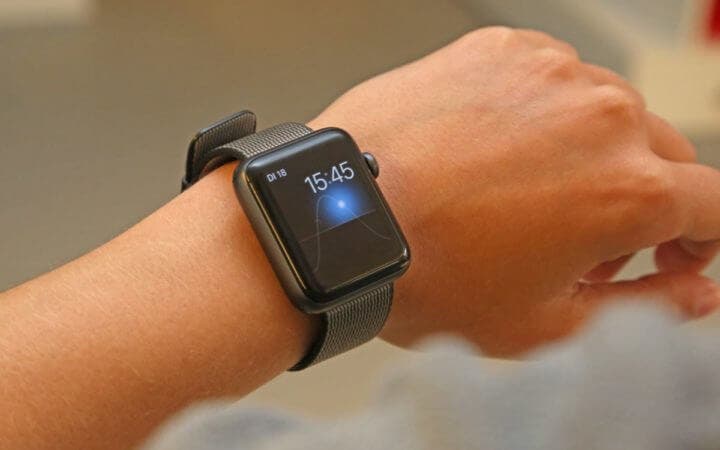
How does the disease affect the way you train?
It is advisable to reduce training once symptoms appear. This will help your body recover quickly. In this sense, the variability of the heart rate serves as a non-invasive guide, to know when to resume training.
Keep in mind that, in this case, having a quality sleep as well as an adequate diet is vital to recover the optimal state of your condition as an athlete. In case of no improvement and depending on the symptoms of the condition, it is best to consult a doctor.
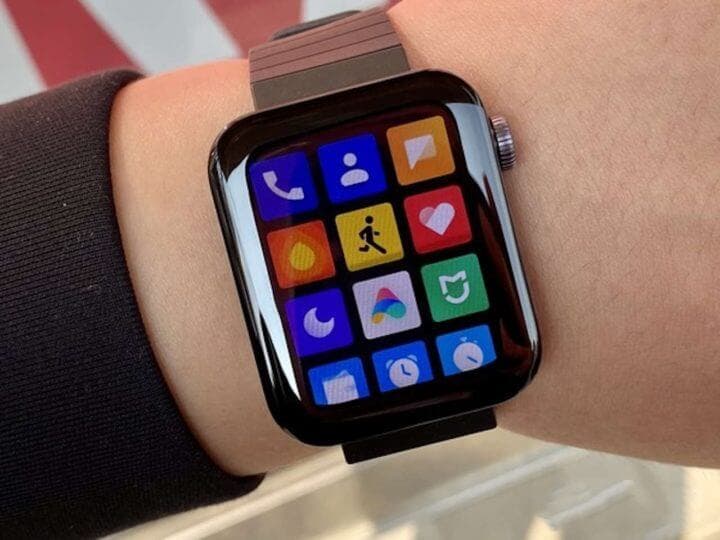
Reliability of HRV to predict disease
This method, as studies show, gives accurate results, which makes it reliable in evaluating the effects of stress on your athlete's body .
A high HRV is directly proportional to a good physical condition and health. In contrast, low HRV is related to stress , so it is recommended to take the necessary measures and if possible, avoid overtraining. However, the VCF measurement must be considered together with the athlete's sleep record to have a better representation of the data.
Of course, factors that are in the context of training cannot be neglected. These help to better understand what happens to your body and to treat it effectively.
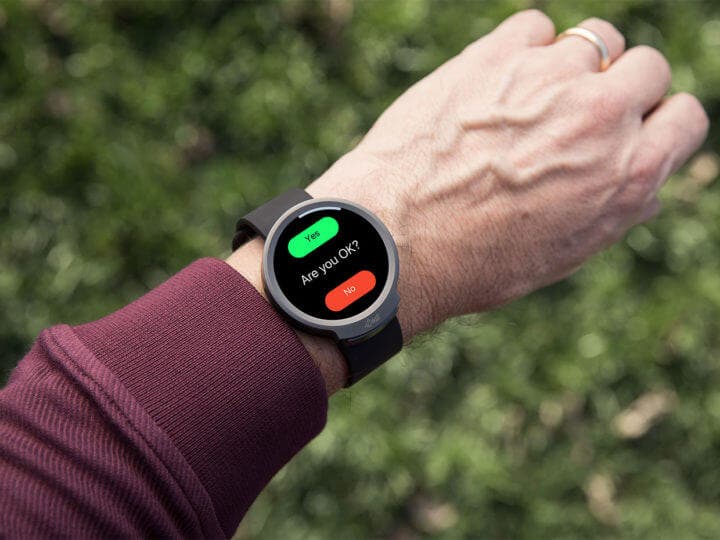
How does HRV detect disease?
Heart rate variability is very sensitive to stress , which makes it very effective in detecting disease in overtrained athletes. However, it is important to note that different types of stress can be experienced: physical, mental, nutritional.
To optimally deal with training stress , information must be collected as accurately as possible.
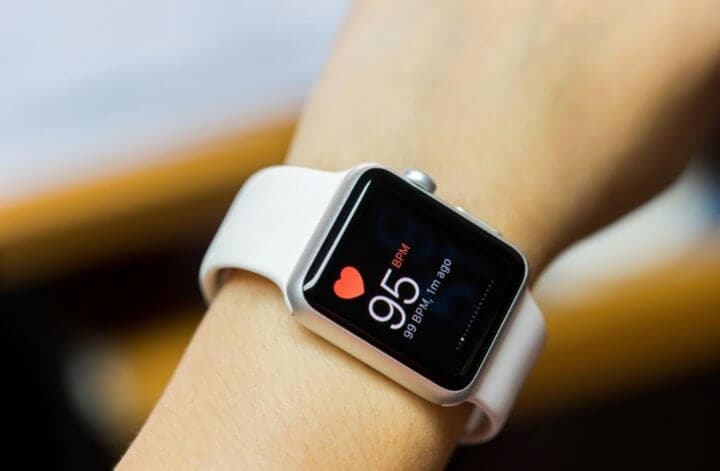
Probability of illness and injury in athletes
The recording and monitoring of the variability of the athlete's heart rate; before, during and after a training or competition, it will allow you to obtain a series of metrics and information to make predictions.
By plotting an athlete's VCF and their resting heart rate, you can see when their system is stressed and when they are most likely to contract infections or be prone to injury.

conclusion
When the loads are not balanced in a workout, overtraining is triggered in the athlete that ends up generating stress. Also, if the demands for recovery are not balanced, the symptoms then tend to become chronic.
This can cause the immune system to become stressed as it tries to repair various parts of the body in unison. In this way, the viruses and bacteria that are normally treated cannot be eliminated, causing coughs, colds, sore throats and bacterial infections in the chest, lungs and stomach.
In short, HRV can predict when the body enters a state of unbalanced loads and, consequently, the different diseases generated by a stressed immune system .
References
- Schwellnus, M., Soligard, T., Alonso, JM, Bahr, R., Clarsen, B., Dijkstra, H. P…. and Engebretsen, L. () 2016). How much is too much? (Part 2) International Olympic Committee consensus statement on load in sport and risk of illness. American Journal of Sports Medicine. doi: 10.1136 / bjsports-2016-096572
- Raysmith, BP and Drew, MK (2016). Performance success or failure is influenced by weeks lost to injury and illness in elite Australian track and field athletes: A 5-year prospective study. Journal of Science and Medicine in Sport. doi: 10.1016 / j.jsams.2015.12.51